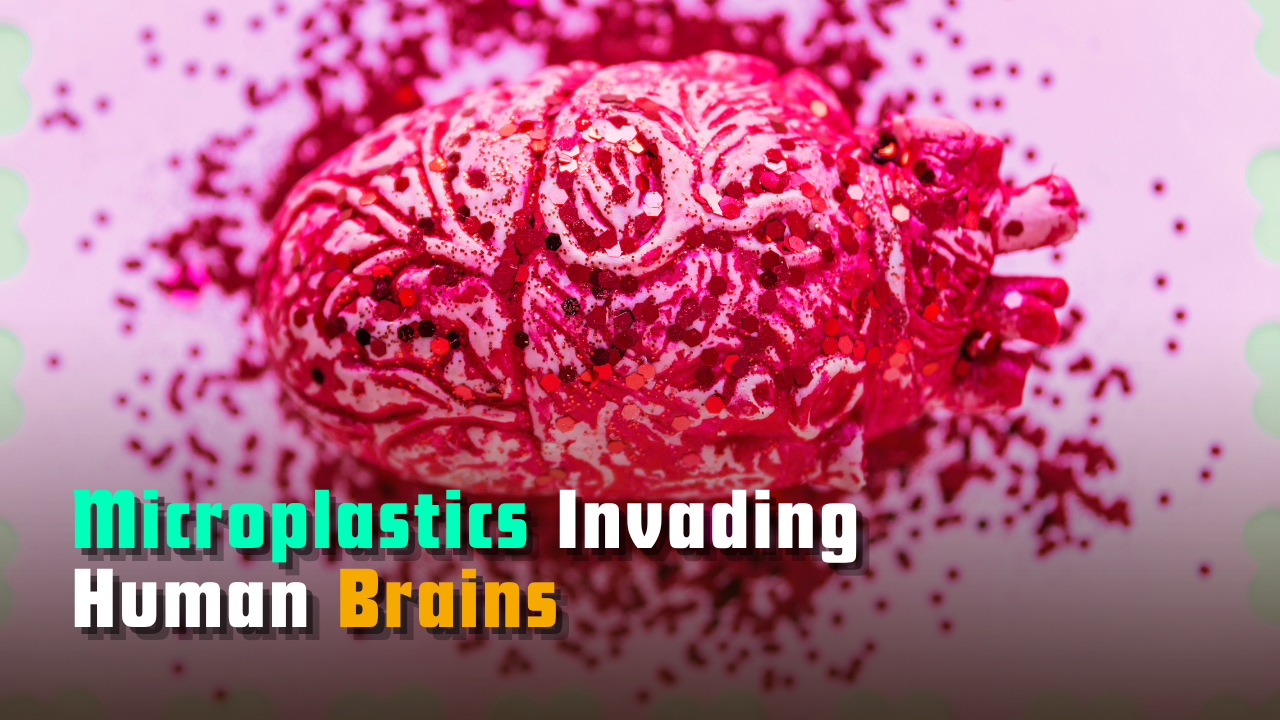Microplastics Invading Human Brains
Context: Microplastics—tiny plastic fragments less than 5mm in size—have now been detected in almost every corner of the planet, from mountain peaks to ocean trenches.
More on News
- Disturbingly, they have also been found inside the human body, including in lungs, hearts, placentas, and now, the brain. But while their presence is undeniable, there is still not enough scientific evidence to determine if they are causing direct harm to human health.
- This growing concern is high on the agenda of the upcoming United Nations talks in Geneva, where global leaders aim to draft the world’s first comprehensive plastic pollution treaty.
- The science is far from settled. Experts have urged caution in interpreting these results.
Global Plastics Treaty
The UN plastic treaty, also known as the Global Plastics Treaty, is an international, legally binding agreement currently being negotiated by UN Member States to address plastic pollution across the entire life cycle of plastics—from production and design to use and disposal. The process was launched by a resolution at the UN Environment Assembly in March 2022, with a mandate to finalise the treaty by the end of 2024. The treaty aims to set global standards for reducing plastic pollution, including potentially phasing out single-use plastics, regulating harmful chemicals in plastics, and establishing design requirements for plastic products.
Do Microplastics Cross the Blood-Brain Barrier?
- Both human and animal studies have confirmed that microplastics can cross the blood-brain barrier, which is typically very selective about what enters the brain.
- A study published in Science Advances in January 2025 showed that microplastics could cause rare blood clots in the brains of mice by obstructing neural cells.
- However, the researchers cautioned that mouse physiology is different from humans, so the results are not directly transferable.
Is There Enough Research to Confirm the Health Impact of Microplastics?
- Most studies, including a 2022 review by the World Health Organisation (WHO), state that current evidence is insufficient to determine health risks.
- Many existing studies are observational, meaning they can detect patterns but not establish cause-and-effect relationships.
How Serious Is the Global Microplastic Problem?
- The world has doubled plastic production since 2000, and output is expected to triple by 2060.
- Microplastics are now ubiquitous in the environment and human biology. While the full health implications are still unknown, their pervasive presence and potential for long-term harm make them a major focus of global environmental and public health policy.
Subscribe to our Youtube Channel for more Valuable Content – TheStudyias
Download the App to Subscribe to our Courses – Thestudyias
The Source’s Authority and Ownership of the Article is Claimed By THE STUDY IAS BY MANIKANT SINGH





